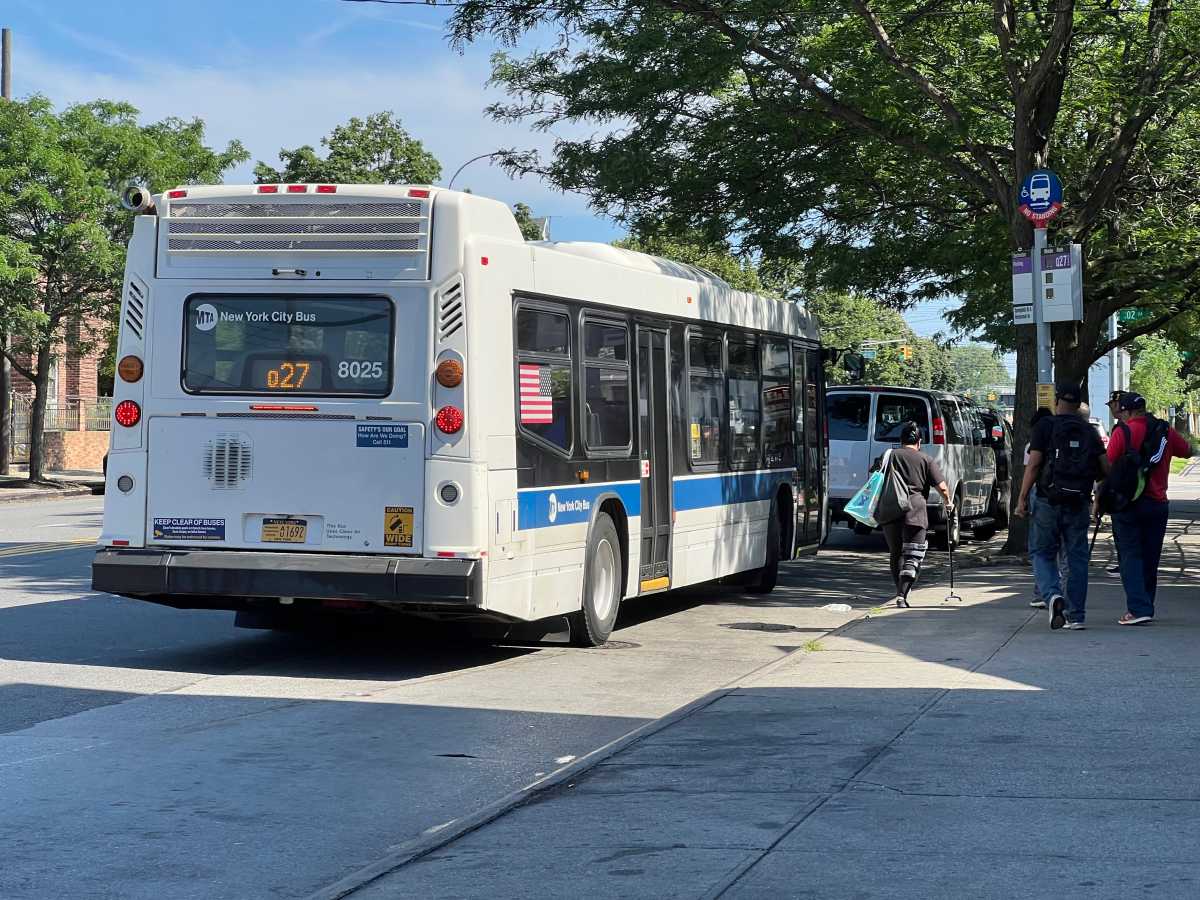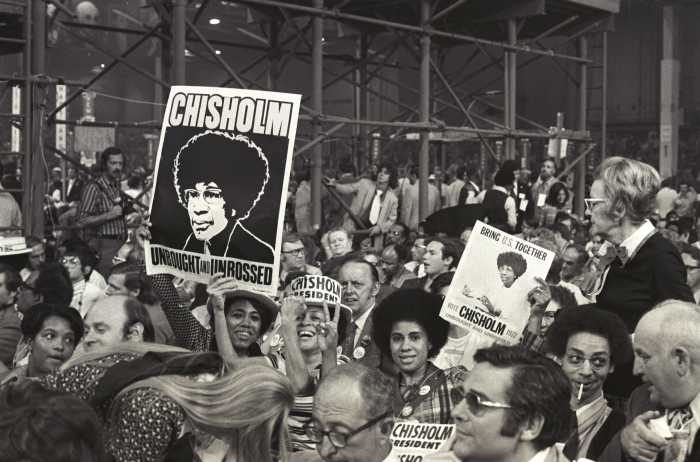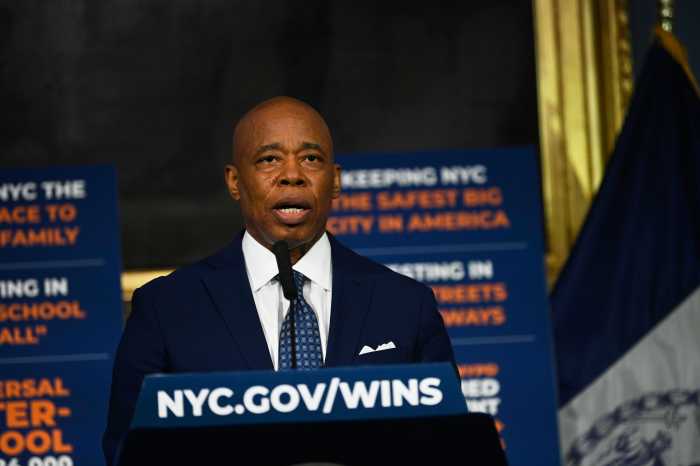By David Stanke | Various 9/11 activists are protesting plans by the W.T.C. Memorial foundation to charge $20 to enter the memorial museum. Complaints emanate largely from the same sources who have been complaining about the memorial for over a decade.
The predominant philosophy of these activists till now has been: “Too much is never enough.” For the 9/11 Memorial, there can never be too much land, too many levels, or too many artifacts. Sacred Ground, after all, tolerates no limits. After 10 years, the “public” process has indeed implemented “too much” and someone has to pay for these extravagances. Ironically, now the activists feel that paying anything is too much.
Of course, people will have to pay for the massive costs of building and maintaining this memorial. The question is, who?
The activists are experts in demanding and criticizing, not paying. The preservationists and art societies of New York are not paying. But the citizens of New York and New Jersey are already paying — every time we hit a toll at Port Authority bridges and tunnels. Every taxpayer in the U.S. is paying to provide the federal funds spent on rebuilding. The New York political system has paid as Mayor Bloomberg used the strong arm of city government to squeeze local corporations and real estate developers for contributions, a not so subtle form of the “pay to play” environment that has corrupted local politics in the U.S. for over a century.
But still, the costs have not been covered, so to keep the museum afloat, visitors will pay $20 per visit. They should pay this and more. Every visitor should recognize the real cost of this memorial. In the U.S., we too often demand benefits (health care), services, and wars (Afghanistan) but complain bitterly about taxes to pay for them. The W.T.C. Memorial is truly a U.S. memorial, a dream without a foundation. The country needs to realize that somehow, somewhere, someone has to pay.
The principle for designing the memorial and the entire site, was “Listen to the People,” and presumably, give them what they want. Of course, the people who were heard were the most vocal and extreme, a small fraction of friends and family of the deceased who made memorial design their primary occupation. They were driven by the core philosophy that bigger was better and that this memorial had to “out memorialize” anything else in existence.
The first sign of trouble might have been when family members were invited on tours of memorials around the world, a memorial shopping spree. One attack on one day on 16 acres in Lower Manhattan suddenly became the equivalent of Hiroshima, Vietnam, World War II and the Holocaust. The early battle cries demanded 16 acres from bedrock to the sky. Compromise was intolerable.
There may never be a true accounting of the W.T.C. Memorial’s cost. The Memorial Foundation paid nothing for the land. Further, the memorial is a wedge driven into the site, pushing the transportation hub and the commercial redevelopment to the side.
The memorial has forced expensive design changes to other components of the W.T.C. One of the most obvious added costs was the excavation of a new infrastructure bathtub down to bedrock. These costs have fallen onto the owners of the site, the Port Authority, which has been the financial backstop for failed political decisions.
A dogmatic interpretation of historical preservation dominated the process. Everything at the site was historic, therefore everything was worthy of preservation.
The Port Authority hired preservation experts immediately after 9/11 to scour the site and remove the most compelling and significant artifacts that could reasonably be saved. W.T.C. activist groups and outside preservation experts then scoured what was left, intent on making their own mark.
Everything suddenly became meaningful: the parking structure, the bathtub wall, burn marks on walls, the Survivors’ Staircase. This last example was a nondescript set of stairs far from the Twin Towers, left in place after demolition for technical reasons. The woman who led the charge to save it was exposed as a fraud who had never been at the site. She is the perfect symbol of the lack of credentials and constraint exhibited by both the public and preservation “professionals.”
In one public discussion session for the W.T.C. Memorial, I posed a question to which I never received an answer. “Who is going to pay for this?” How could enough money be raised to cover everything that was being committed? No one would answer. The truth was too painful to acknowledge and politically impossible to deal with. Silence is the sound of trouble.
When the sky is the limit, anything less is an insult. Activists still complain. The memorial is too short, artifacts should be above ground, the sacred ground at bedrock is unfit for unidentified human remains. The museum, which has to tell everything, should not mention the terrorists. All of these are distractions from the one question that we should all be asking, “How did this ever get so out of control?”
David Stanke lives near the World Trade Center and was on a Port Authority consultation committee to discuss historic preservation at the W.T.C. His email is destanke@gmail.com.






























